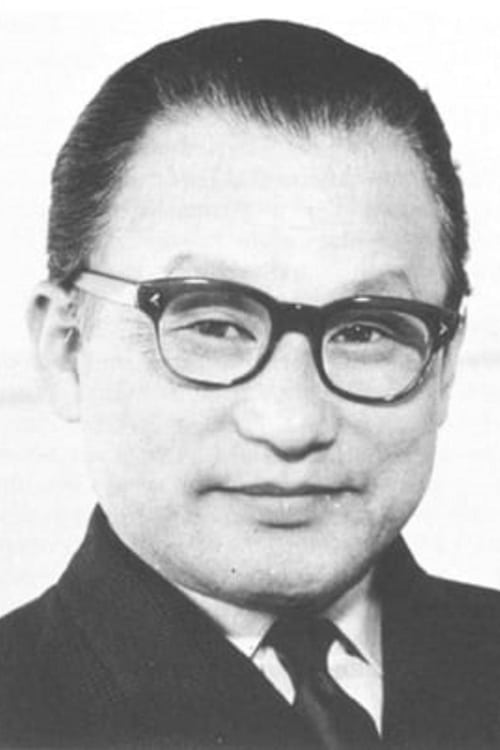
Renowned cinematographer Kazuo Miyagawa collaborated with a number of great Japanese filmmakers, including Akira Kurosawa, Kenji Mizoguchi, Kon Ichikawa, and Yasujiro Ozu. The following excerpts from the Japanese television documentary THE WORLD OF KAZUO MIYAGAWA explore Miyagawa and Kurosawa’s working relationship on RASHOMON.

Director of Photography
Based on a semi-autobiographical story by Ogai Mori, about a Japanese medical student who goes to Berlin to study in the 1880s and falls in love with a German ballet dancer.

Director of Photography
The tragic story of Gonza, a handsome ladies man, set in the Tokagawa Period, a time in which appearences are very important. Gonza competes with Bannojo for the honor to perform the tea ceremony to celebrate the birth of an heir to the lord of their clan. To see the sacred tea scrolls Gonza promises to marry the daughter of the family which possesses them, even though he is unofficially engaged to another. When studying the scrolls with Osai, the mother of the house, Bannajo sneaks into the house and steals their obis and runs through the town proclaiming the two as adulterers.

Director of Photography
In this drama at the end of World War II, the inhabitants of a small Japanese fishing village must come to terms with their nation's defeat and the sudden occupation of General MacArthur and his troops.

Cinematography
A bunraku puppet drama of the courtesan Ohatsu and her lover, Tokubei, a soy-sauce merchant whose fortunes have gone awry through the perfidy of a trusted associate. For Tokubei, suicide is the only honorable act left; for Ohatsu, it is the only emotionally viable one.

Director of Photography
Famous detective Kosuke Kindaichi follows a dying man's words to an enigmatic island, where he meets beautiful twin sisters and tragic events unfold.
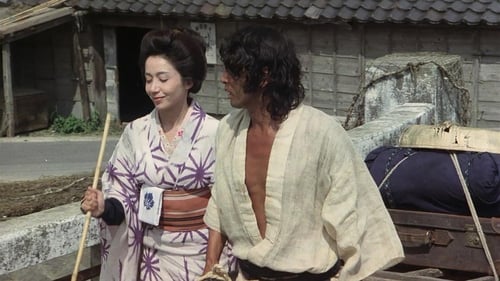
Director of Photography
A blind traveling musician is abused and oppressed wherever she goes, even as the modern world imposes change around her.

Director of Photography
Horror film based on the story by Ryunosuke Akutagawa.
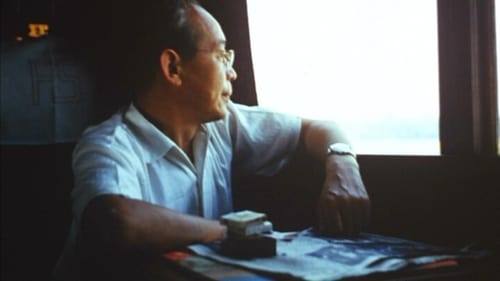
Kenji Mizoguchi: The Life of a Film Director (Aru eiga-kantoku no shogai) is a 1975 Japanese documentary film on the life and works of director Kenji Mizoguchi, directed by Kaneto Shindo (Onibaba). It runs 150 minutes and can be found on the second disc of the Region 1 Criterion Collection release of Ugetsu (1953).
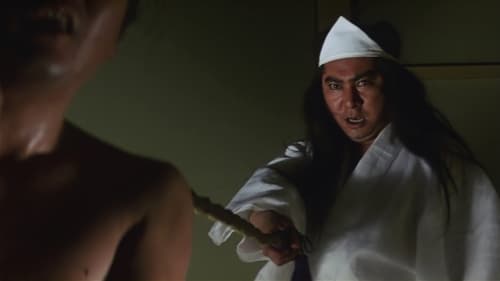
Director of Photography
Against the backdrop of the Edo treasury devaluing currency and driving many into poverty, Hanzo Itami enforces the law without regard to status. He shows inadequate respect to the treasurer, who wants him dead.
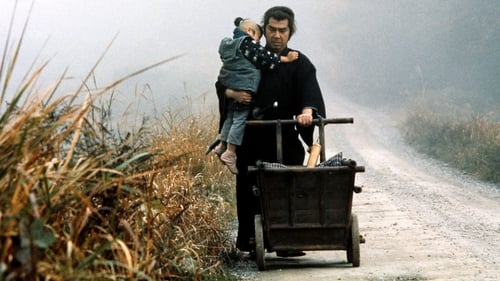
Director of Photography
Nesse quarto filme da série, o ex-executor do Shogun, Itto Ogami, é contratado para matar uma assassina tatuada, mas esse trabalho não é tão simples como ele imaginava. Enquanto isso, Gunbei Yagyu, desonrado por Ogami em um duelo antes do Shogun, acaba se deparando com o filho de Ogami, Daigoro, e vê nele a sua chance de vingança. No final, Ogami terá de derrotar uma horda de guerreiros do clã Yagyu antes que ele possa enfrentar seu arqui-inimigo, Retsudo Yagyu!

Director of Photography
Thirsting for revenge, Jokichi rashly attempts to assassinate the evil Chogoro but ends up being captured by Yakuza. His life is spared by Boss Juzaburo, in order that the harmony of an important commemoration not be further disturbed. Though now even more of an outcast, Jokichi is asked by another Yakuza boss, Umezo, to guard Oyuki, the wayward daughter of Juzaburo. The tragic consequences of this assignment will lead him into a deadly trap and a final confrontation with Chogoro.
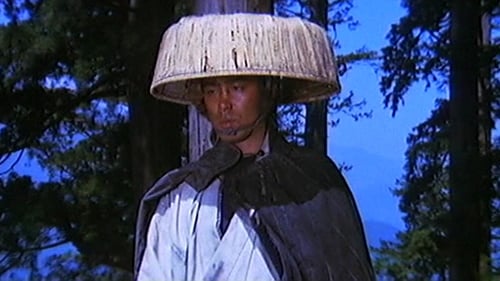
Director of Photography
Um homem pecador pode mudar e encontrar paz? É improvável no Japão infestado de gangues. Jokichi de Mikogami, um vagabundo (e espadachim), vai logo atrás de proteger uma mulher em apuros: eles se casam, têm um filho e Jokichi segue o ofício de seu pai. Depois de três anos, as gangues que ele envergonhou ao salvar sua esposa encontram a família e deixam Jokichi em luto, jurando vingança. Para aparar sua terrível espada rápida, gangues rivais unem forças, contratando uma prostituta para se passar por uma mulher que precisa de ajuda e quebrando o código de honra para enganar o vagabundo. Ele encontra aliados improváveis: um ladrão que o ajuda para se divertir e um espadachim caolho que pode ser igual a Jokichi em habilidade e honra.
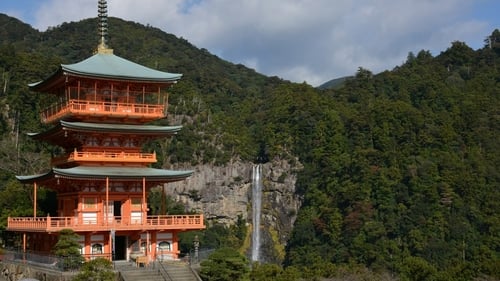
Director of Photography
Two Jesuit priests encounter persecution when they travel to Japan in the 17th century to spread Christianity and search for their mentor.
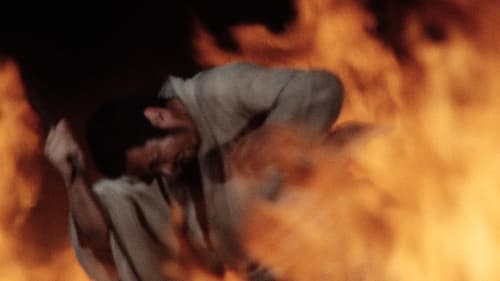
Director of Photography
Zatoichi is mentored by the blind leader of a secret organization as he contends with both the Yakuza and a jealous husband.
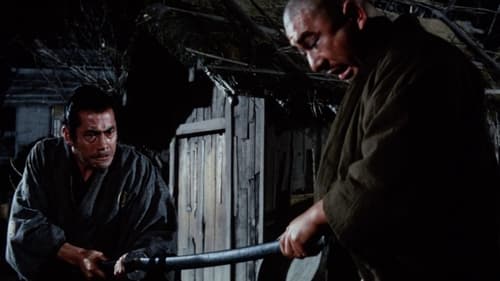
Director of Photography
With a price on his head, Ichi seeks tranquillity in a favorite village. Since his last visit, it has fallen prey to Boss Masagoro, the son of a merchant rumored to have stolen gold from the shogunate. The boss has hired Yojimbo as his hard-drinking enforcer, but Yojimbo is both a spy for the shogunate, trying to find the gold, and in love with the merchant's unwilling mistress, Umeno. Ichi hires on as the merchant's masseur and buys Umeno's freedom with his employer's own money. This embarrasses Yojimbo who withdraws from a pact with Ichi to stir up trouble between father and son and their gangs. As the two sides fight, Ichi finds the gold and sets up a final set of confrontations.

Director of Photography
Lord Oda Nobunaga gains control of nearly all of Japan and tries to enlist the aid of Magoichi and his 3.000 gunners.

Director of Photography
An abandoned temple in the mountains outside of the old capital city of Kyoto is the scene of a fated meeting between a traveling priest, two women, and a vicious killer. Bloody violence erupts whenever strangers approach the temple. Can the traveling priest bring his belief in the Buddha and rid the three temple residents of the devils that hold their souls?

Director of Photography
The film portrays a satirical view of today's heartless money-oriented society.
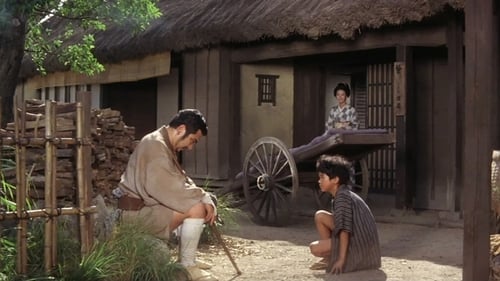
Director of Photography
Zatoichi runs afoul of some evil fugitives, working for a corrupt law official.
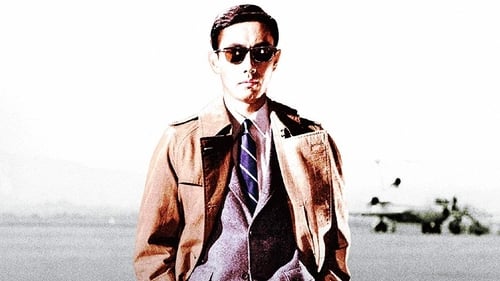
Director of Photography
Raizô Ichikawa reprises his role as the restaurant-cook-turned-contract-killer in this sequel to Kazuo Mori's stylish 1967 thriller A Certain Killer.
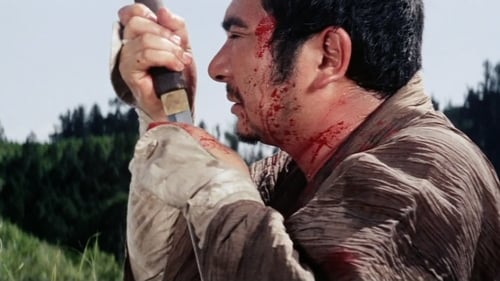
Director of Photography
When a local gambling house kidnaps some peasants because they failed to pay their debts, a rival gambling house pays their debts and sets them free.

Director of Photography
A former soldier, reduced to working at a restaurant post-war, becomes a contract killer for the yakuza gangs he's in contact with.

Director of Photography
During a Soviet circus tour in Japan, a small street musician, Ken, meets a clown, Yuri Nikulin. Upon learning that his sick father is being treated in the Soviet Union, Ken sets off in search of him. The friendship of the great clown and the boy continues in Moscow.
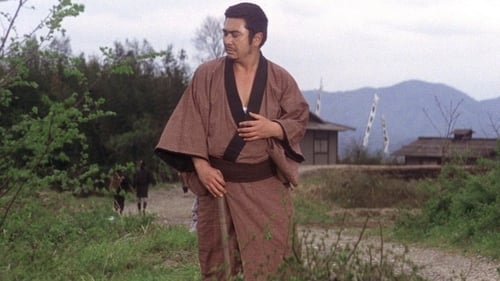
Director of Photography
Zatoichi comes upon a dying man who asks him to give a bag of money to "Taichi". Zatoichi has no idea who this is but when he comes upon a small town harassed by gangsters, he finds that "Taichi" was the man's young son. Along his travels he also met a blind monk who makes Zatoichi question his murderous lifestyle. In trying to help the town, Zatoichi kills some gangsters and becomes a hero to the boy. He must make a choice of whether to use non-violence and set a good example, or violence and set the boy on the wrong path in life.
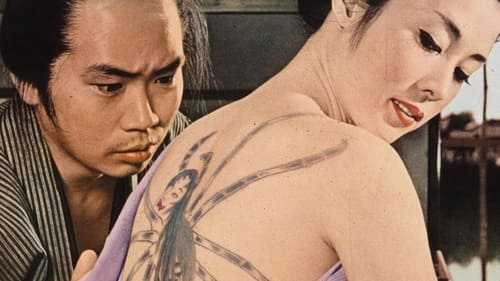
Director of Photography
Uma mulher sedutora é sequestrada para a prostituição. Depois de fazer uma tatuagem de aranha nas costas dela, ela inicia a sua vingança, deixando vários homens pelo caminho.
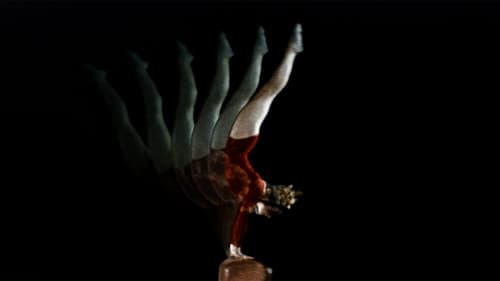
Cinematography
As câmeras de Ichikawa seguem os Jogos Olímpicos de Verão 1964, da abertura à cerimônia de encerramento. Às vezes, ele concentra-se em espectadores, as vezes em atletas que passam em um borrão, às vezes ele isola um concorrente, outras vezes é um close up de músculos como um martelo é lançado ou uma barra levantada, ou assistir a uma corrida do início ao fim. Vemos vindo de trás ganha em 800 metros das mulheres e 10.000 metros dos homens. Nós seguimos um atleta do Chade desde a chegada às refeições, treinamento, competição e perda. Todo, o filme celebra a nobreza dos atletas empurrando-se para o limite, independentemente da vitória.

Director of Photography
As câmeras de Ichikawa seguem os Jogos Olímpicos de Verão 1964, da abertura à cerimônia de encerramento. Às vezes, ele concentra-se em espectadores, as vezes em atletas que passam em um borrão, às vezes ele isola um concorrente, outras vezes é um close up de músculos como um martelo é lançado ou uma barra levantada, ou assistir a uma corrida do início ao fim. Vemos vindo de trás ganha em 800 metros das mulheres e 10.000 metros dos homens. Nós seguimos um atleta do Chade desde a chegada às refeições, treinamento, competição e perda. Todo, o filme celebra a nobreza dos atletas empurrando-se para o limite, independentemente da vitória.

Director of Photography
Ronin samurai Ibuki-san enters a town and sells his skills to the warring families. He falls in love with the beautiful horse stable owner but like all heroes, cannot stay.
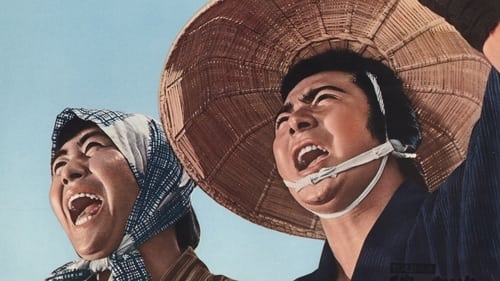
Cinematography
The second film in the "Suruga yukyoden" series, in which Shintaro Katsu plays Jirocho Shimizu. The film features Omasa, Komasa, Ocho, who will become Jirocho's wife, as well as other members of his future family. There is a particularly great swordfight near the end where Katsu and cronies attack the rival villainous yakuza clan to rescue their ailing, elderly boss. The action choreography, cinematography and editing of this sequence is quite brilliant, treading a difficult tightrope act between genuinely goofy antics and exhilirating, bloody violence.
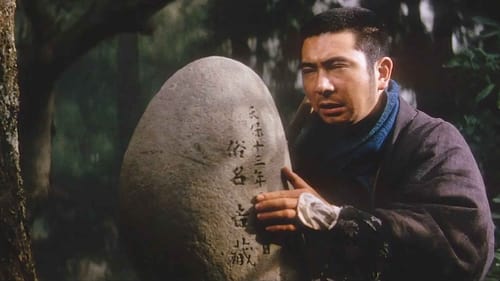
Director of Photography
Ichi travels to the village of Itakura to pay his respects at the grave of Kichizo, a man he killed two years ago. When some tax money is stolen while in transit to the governor he is accused and sets out to find the money and clear his name.
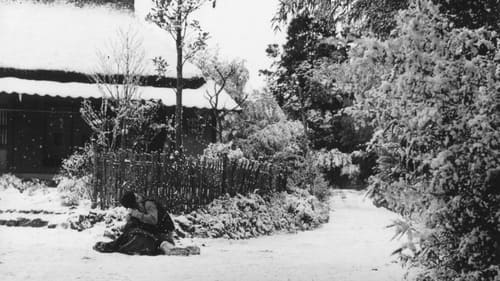
Director of Photography
Based on a novel by Tsutomu Mizukami, this haunting melodrama focuses on a young bamboo worker who takes his father's prostitute as his wife.

Director of Photography
The warlords overrun the country while the farmers are starving, and forced to become soldiers to keep the wolf from the door. The farmers are recruited in groups of fifteen. In Yaju's village, there are only twelve men, so they press Oto, who looks more like a boy than a girl, to join, disguised as a man.

Director of Photography

Director of Photography
Machida (Shintaro Katsu) is in constant trouble because of his instincts to do right every time, even when it endangers his life. A gang hires him for his "forceful personality," and assigns him to kill evil people, a president of a loan company and a drug baron.

Director of Photography
Ushimatsu's father told him never to reveal his lower-caste heritage; years later, he now contemplates confiding in an activist fighting against such discrimination.

Director of Photography

Director of Photography
Asakichi beats a ganster, Sada, in a physical fight, leading to recognition by Sada's clan boss. When Kotoito, the geisha Asakichi is in love with, is kidnapped by a rival clan and sold to a a house of pleasure, Asakichi and Sada set out to rescue her.

Director of Photography
One of Japan's most popular stories is the tale of Kutsukake Tokijiro, a traveling gambler who finds that he must take care of the wife and child of a yakuza he had been forced by the code of the gamblers to fight man to man. In a brilliant performance from super-star Ichikawa Raizo, with strong support from two of the greats from Toho, Shimura Takashi (7 Samurai) and Aratama Michiyo (Sword of Doom) the heartfelt story reaches new heights. Tokijiro, having learned the true nature of the boss to whom he was obligated for having spent a night and eaten at the gang's headquarters takes up arms against them in a running battle fought across the back roads of the entire nation. Another powerful rendition of this superb story, it is not to be missed!
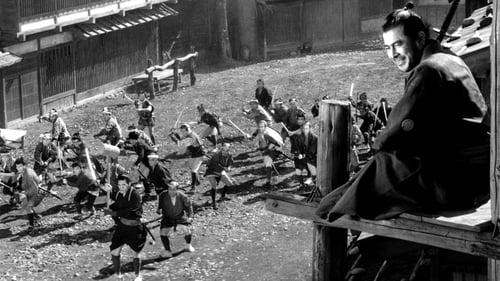
Director of Photography
A história ocorre em 1860 e baseia-se na chegada de um ronin a uma cidade que sofre com a guerra entre duas gangues. Kuwabatake Sanjuro, que significa "Amoreira de 30 Anos" (Toshirō Mifune), aproveitando a sua perspicácia tenta ganhar dinheiro e, ao mesmo tempo, livrar a cidade das gangues rivais, ora associando-se a um grupo, ora associando-se a outro, tirando proveito da situação e manipulando-os, devido ao despreparo estratégico dos dois grupos, que é demonstrado através de diversas cenas satíricas durante o filme.

Director of Photography
Set in 1926 when Japanese tradition was much stronger, this drama looks at the inner workings of a small family, especially the relationship between a sister and brother.
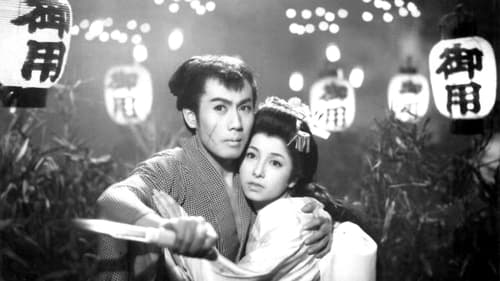
Director of Photography
The film depicts the scarring of Yosaburo at the hands of yakuza thugs who catch him with mistress of the gang boss. Despite the physical and emotional scars he now carries with him, Yosaburo falls for a young noblewoman. The rest of the film follows the two as they fend off attacks from gangs and the police.

Director of Photography
Kikuji is the scion of an Osaka merchant family whose traditional power is matrilineal. Instructed by his overbearing mother and grandmother to give them an heiress for the family business, he stands by helplessly as his wife is thrown out of the house for producing a son. Driven to a life of dissipation - his mistresses also fail to produce daughters - in the end he is just too tired to care.

Director of Photography
The first story concerns an attractive young woman who works in a Tokyo nightclub. Her plan for a solid financial future has a double whammy. In the second story, a beautiful young woman is employed by an unscrupulous real estate agent to convince male clients to invest in worthless property. The last story is about a widowed geisha who has no real financial worries and who falls in love with a forger.
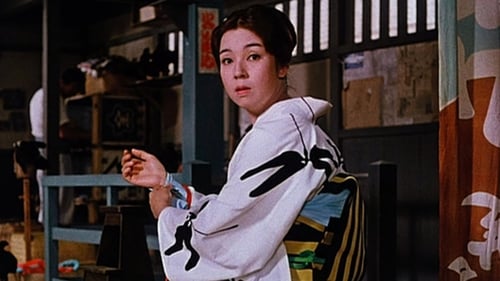
Director of Photography
Companhia japonesa de teatro kabuki aporta numa pequena ilha de pescadores. Komajuro (Ganjirô Nakamura), um dos fundadores do grupo, passa a frequentar todos os dias a casa de sua antiga amante, Oyoshi (Haruko Sugimura), dona de um bar e mãe de Kiyoshi (Hiroshi Kawaguchi).
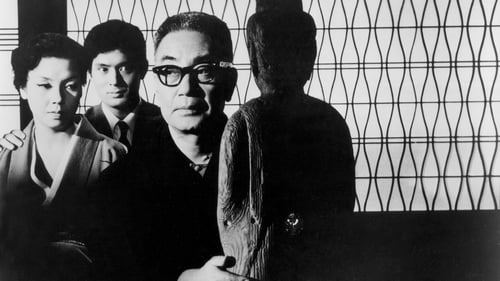
Director of Photography
A middle-aged husband of a younger woman finds her youth intimidating to the point that he cannot become aroused. His solution involves the introduction of his daughter's lover to his wife.

Director of Photography
The film won 1959 Blue Ribbon Awards for best actor Raizo Ichikawa and for best cinematography Kazuo Miyagawa. The film also won 1959 Kinema Junpo Award for best actor Raizo Ichikawa.
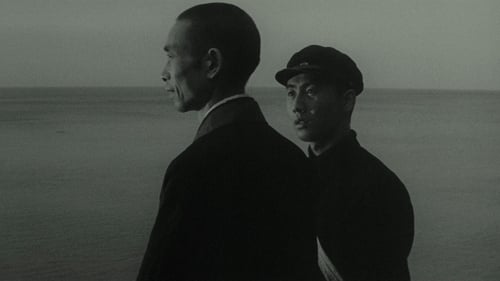
Director of Photography
Learning of his family's collapse, acolyte Goichi, sent to study silently at the Temple of the Golden Pavilion, must endure acute psychological distress.

Director of Photography
Suzunosuke faces perhaps his wildest foes. This evil gang is lead by a one-eyed birdman and other demonic creatures.

Director of Photography

Director of Photography
A traditional bar mistress in Kyoto clashes with her Tokyo rival.

Director of Photography
A story of aristocratic star-crossed love.
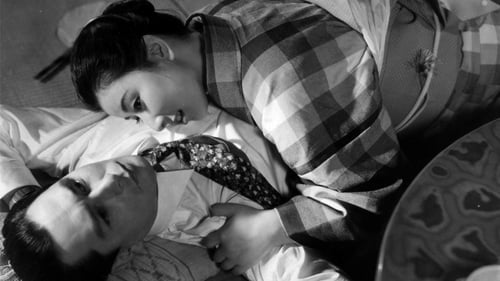
Director of Photography
In Kyoto a young kimono maker with traditional ideas gets involved with a married professor.
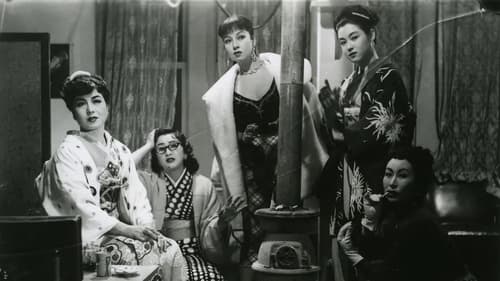
Director of Photography
O cotidiano de um bordel e os dramas particulares de suas profissionais no Japão do pós-guerra, enquanto o país discute a ilegalizaçao da prostituição.
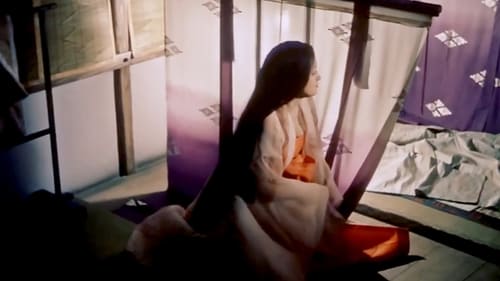
Director of Photography
Special Forces commander Captain Tadamori returns to Kyoto after successfully defeating the uprising of pirates in the western sea of Japan. But because the high courtiers dislike career soldiers gaining power and influence, they ignore the will of ex-Emperor Toba and refuse to reward the captain. Reward recommender Lord Tokinobu is punished, and the captain sends his son Kiyomori to the Lord's residence, where he falls in love with Tokiko, the Lord's daughter. Meanwhile, Kiyomori finds out that he is possibly the ex-Emperor's son... Written by L.H. Wong

Director of Photography
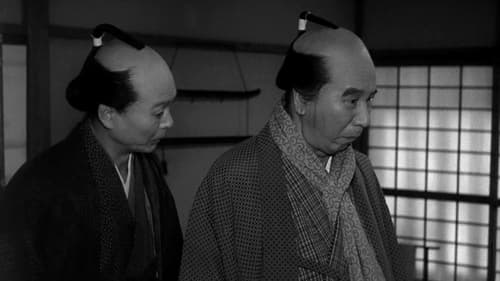
Director of Photography
No século XVII, esposa de um rico avarento vive insatisfeita e frustrada, e quando precisa de dinheiro para ajudar o irmão, recorre a um dos empregados do marido. Os dois são descobertos, mas o rapaz assume a culpa para salvá-la. Sabendo das traições do marido, ela decide arriscar tudo e fugir com o empregado.
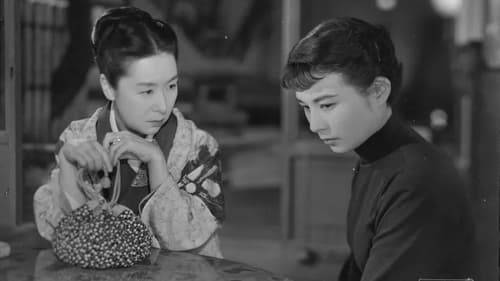
Director of Photography
Hatsuko Umabuchi é uma viúva proprietária de uma próspera e requintada casa de gueixas de Quioto. A filha, Yukiko, regressa de Tóquio, onde estudara música, depois de uma tentativa falhada de suicídio porque o noivo a deixou quando descobriu qual era a profissão da mãe. Hatsuko tem nesse momento uma ligação amorosa com um jovem médico, Matoba, responsável pela saúde das gueixas. O médico sente-se atraído por Yukiko, que inicialmente o rejeita por o associar ao negócio da mãe. No entanto, os seus sentimentos alteram-se gradualmente na ignorância de que ele é amante da mãe.
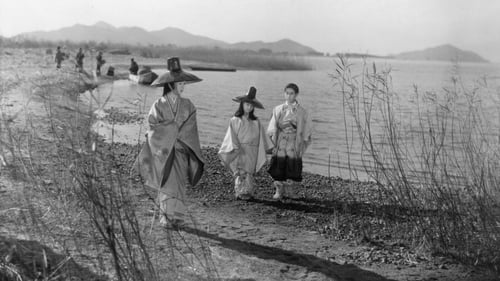
Director of Photography
Japão, século XI. A família de Taira é separada pelas lideranças feudais. Seus dois filhos, Zushiô e Anju, são enviados para um campo de trabalho escravo comandado pelo temido Sanshô, enquanto sua esposa, Tamaki, é forçada a prostituir-se em uma região isolada. (e 12 - Estimado 12 Anos)
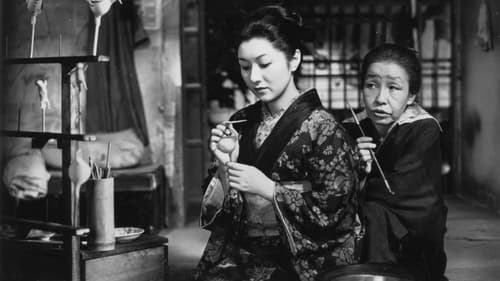
Director of Photography
In the post-war Gion district of Kyoto, the geisha Miyoharu agrees to apprentice the 16 year-old Eiko, whose mother was a former geisha who had just died. After a year of training they have to find a large sum of money before Eiko can debut. Miyoharu borrows the money from the tea-house owner, Okimi, who in turn obtains the money from the businessman Kusuda. Kusuda fancies Eiko himself and wants to give Miyoharu to Kanzaki in order to close a large business deal. However both geishas have minds of their own and, going against tradition, want to be able to say no to clients.
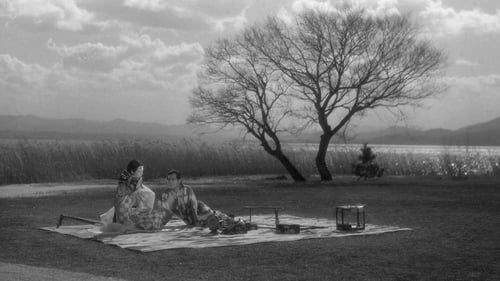
Director of Photography
No Japão do século 16, os camponeses Genjuro e Tobei vendem as suas panelas de barro para um grupo de soldados numa vila próxima, desafiando a advertência de um sábio local contra a tentativa de lucrar com a guerra. A busca de Genjuro por riquezas e a misteriosa Lady Wakasa, assim como o desejo de Tobei de se tornar um samurai, correm o risco de destruir tanto a si quanto as suas esposas, Miyagi e Ohama.

Director of Photography
Kazuo Miyagawa’s prizewinning black-and-white cinematography draws out the moral shadings of Nobel laureate Yasunari Kawabata’s 1952 novel Thousand Cranes, a quietly devastating story of a young man, orphaned during the war, who stumbles into a passionate yet tragic relationship with his late father’s mistress and her daughter.

Director of Photography
A family of Kyoto textile workers struggles after tragedy.

Director of Photography
Shinnosuke is introduced to Shizu as a prospective marriage partner, but he falls in love with her widowed sister Oyu. Convention forbids Oyu to marry because she has to raise her son as the head of her husband's family. Oyu convinces Shinnosuke and Shizu to marry so that she can remain close to Shinnosuke.
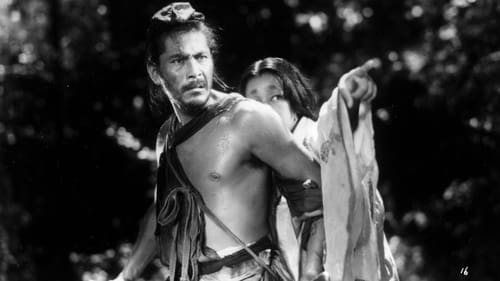
Director of Photography
No Japão do século XI, um lenhador, um sacerdote e um camponês procuram refúgio de uma tempestade nas ruínas de pedra do Portão de Rashomon. O sacerdote conta detalhes de um julgamento que testemunhou, envolvendo o estupro de Masako e o assassinato do marido dela, Takehiro, um samurai. Em flashback é mostrado o julgamento do bandido Tajomaru, onde acontecem quatro testemunhos, inclusive de Takehiro através de um médium. Cada um é uma "verdade", que entra em conflito com as outras.

Director of Photography

Cinematography
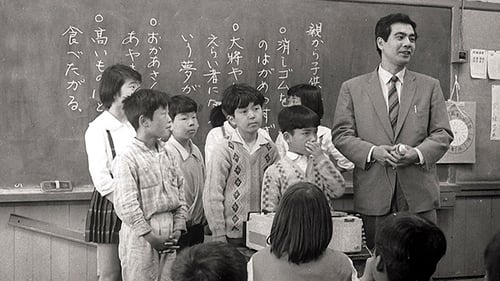
Director of Photography
A small-town boy with a learning disability attempts to fit in with his classmates.

Cinematography
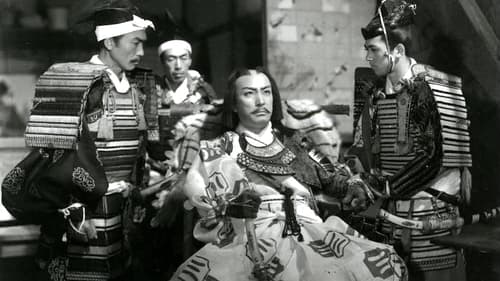
Cinematography
Set in the late thirteenth century, this film depicts the defense of southern Japan led by the Kono clan against the Mongol invasion in 1281.

Cinematography
According to Donal Richie in The Japanese Film it was meant to do for sumo wrestling what Kurosawa had done for judo in Sanshiro sugata, and that Kurosawa wrote it for Daiei after "drinking up all [his] money" (from his autobiography).

Director of Photography
Matsugoro is a poor rickshaw driver whose animated spirit and optimistic demeanor make him a favorite of the town. Matsu helps an injured boy, Toshio, and is hired by the boy's parents.
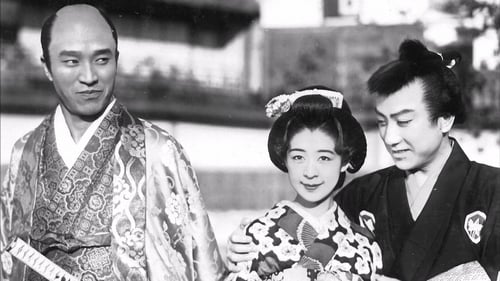
Director of Photography
An umbrella maker with a shopping addiction finds himself in dire straits when his debts force him to consider selling his attractive, desirable daughter to a suitor she doesn't love.
